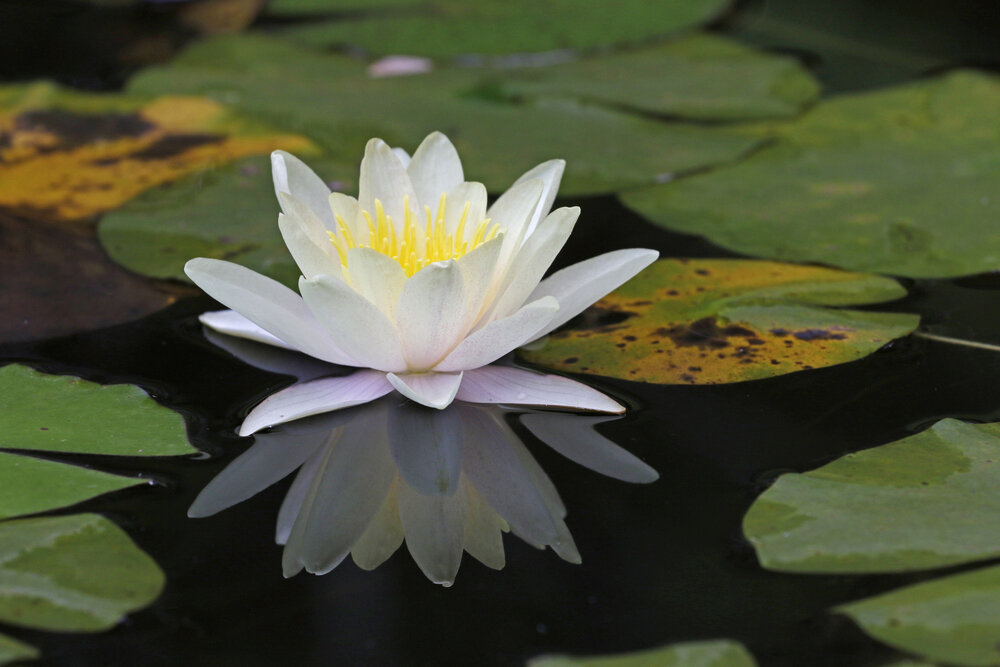Understanding Green Cremation—Is It Right for Your Family?
Published July 25, 2022

Green cremation—also known as flameless cremation, resomation, aquamation, or bio cremation—is an alternative to standard fire-based cremation. Just like with traditional cremation, the body is reduced to ashes, but without fire—making it a more natural and environmentally-friendly choice. Many people still have concerns about green cremation, so we have outlined everything you need to know in this article.
Once you understand how the process works, you can make an informed decision about green cremation and whether it's the right way to honor your loved ones.
The Green Cremation Process
Green cremation requires specialized equipment and training. The machine used for bio cremation has a single chamber that is sealed from water and air and can hold up to one hundred gallons of liquid.
The green cremation process works as follows:
- First, the intact body of the deceased is wrapped in natural material, like a silk robe, and placed into the stainless steel chamber inside a machine called a resomator unit.
- The chamber is filled with around 80 gallons of alkaline solution, consisting of 95 percent water and 5 percent potassium hydroxide. The exact amount of solution is carefully calculated by the machine once the body is weighed.
- The solution is subjected to heat, pressure, and agitation to accelerate the rate of decomposition, killing any bacteria and dissolving the soft tissue remains.
- The chemical process of green cremation breaks down the body, leaving behind bone fragments and sterile liquid.
- Once that part of the process is complete, the resomator unit goes through a rinse cycle, where the residual liquid is drained into a holding tank.
- The fragments are inspected to remove any artificial items like medical implants and dental fillings. The bone fragments are then dried and pulverized to a fine, white powder called the cremated or hydrolyzed remains.
The end result is very similar to traditional cremation, and the family will receive the "ashes" that can be placed in a suitable container, just like with other cremains. However, the cremains from a green cremation are 32 percent greater in volume than those from a traditional cremation and will take up more volume in the urn, so make sure you choose the right urn size.
Advantages of Green Cremation
People are becoming more conscious of their impact on the environment, and their after-life decisions are changing to include a green cremation or green burial. There are various advantages to green cremation, with the primary benefits being environmental.
More Environmentally Friendly
The main benefit of green cremation is that it is kinder to the environment. Less fuel is required, and this form of cremation avoids mercury emissions, a byproduct of fire cremation. The total energy expenditure to perform a green cremation is significantly less than incineration, and the final process leaves behind a non-toxic sterile liquid that is comprised of amino acids, peptides, and sugar.
This liquid can be disposed of without any environmental harm. Apart from the harmful effects of the traditional cremation process, there are chemicals involved in the embalming and burial process that leech into the earth and cause damage to the environment. The caskets for burials are also made from wood and numerous other materials. This wood is equivalent to 4 million acres of forest per year.
Saves Space in the Cemetery
Cemeteries have limited space, especially in urban areas, and are becoming increasingly overcrowded. A green funeral means you won’t take up too much space, and you can avoid being buried in a permanent place that could become overcrowded and undermaintained.
Did you know that ashes can also be buried? Learn more in our post about the different ways that ashes can be buried.
Cost-Effective
Green cremations cost about the same as traditional cremation, which is much more affordable than a funeral and a burial. A green cremation could be a good solution if cost is a factor.
Green Cremation Service Options
All of the same service options apply with green cremations as they would with other types of cremation, including the following:
- A public viewing or visitation before the green cremation (although this would require embalming, which is an added cost).
- A private or public memorial service
- An ash scattering ceremony
Cost of Green Cremation
Cremation costs vary from one provider to the next and would be dependent on the type of service you choose to accompany the cremation. According to the Funeral Consumers Alliance, the price for a basic green cremation averages around $2300. However, currently, only a few funeral homes have a resomation unit, and this cost is likely to go down in the future if the practice of green cremation becomes more commonly available.





